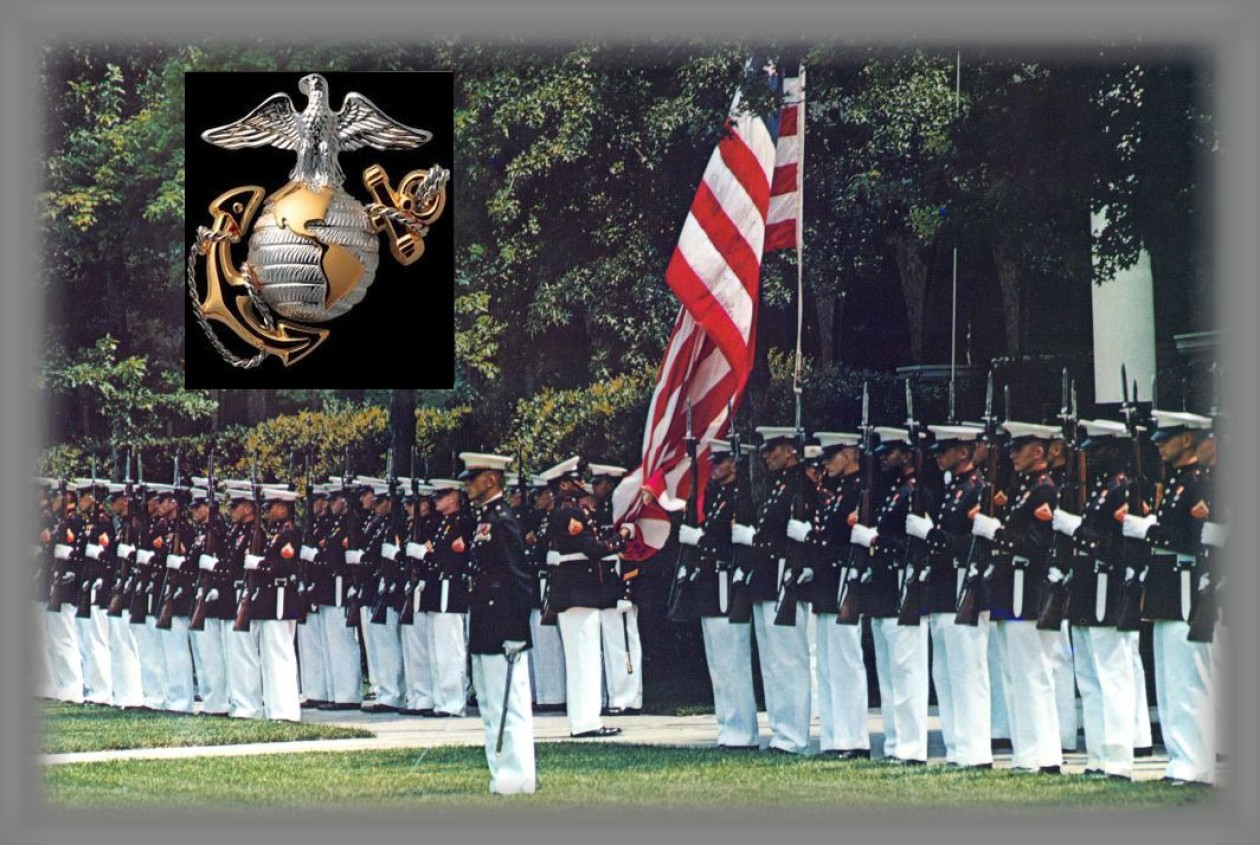I do not subscribe to the WSJ; therefore, I am unable to read the article upon which these gentlemen are commenting. However, from their comments I can surmise that the original author is blaming all sorts of things on the collision(s) the Navy experienced. I received this via an email from a very good friend, a Naval Officer with whom I shared a stateroom for a year aboard the US Chicago in the Vietnam era, and one for who I have the highest degree of respect. We both believe the same; this would never have happened on board the “Mighty Chi.” We ran PIRAZ (Positive Identification Radar Advisory Zone — at least that’s what I remember it was called) in the Gulf of Tonkin. I can remember OOD’s sharing horrid tales in the wardroom of the 100’s of sailing junks with no lights all around the ship as we neared our western zone, and the constant maneuvering they had to do to avoid collisions. I believe this small portion of the total comments speak heavily of what may be the “real” and inexpensive solution to this particular problem. My comments are in red. You decide.
Navy Has Many Causes for Its Poor Sailing
These collisions are unacceptable and I would expect both the captain and OOD of the McCain to be court-martialed.
The damaged USS John S. McCain, docked in Singapore, Aug. 22. PHOTO: ASSOCIATED PRESS
Aug. 30, 2017 4:37 p.m. ET
Regarding your editorial “The Navy’s McCain Moment” (Aug. 22) and Seth Cropsey’s “Has the Navy Reached Its Breaking Point?” (op-ed, Aug. 24): I served on a carrier during the Vietnam War and my principal duty was that of a watch officer. I went through countless hours of trading watches, serving first as a junior officer of the deck under instruction, then a junior officer of the deck and finally reached the pinnacle of officer of the deck underway.
We had captain’s standing orders for use when the captain wasn’t on the bridge. One of the most important was when to call him when we had a contact that was CBDR, constant bearing-closing range. That indicated a potential collision. When passing through heavily transited areas, i.e., Gibraltar, which we always did at night, we had the captain, executive officer, navigator and, of course, the officer of the desk (OOD) on the bridge. We posted extra lookouts for boats which didn’t show navigation lights. When in the Mediterranean we were constantly shadowed by Russian trawlers which harassed us. I never heard of any collisions during that period.
I’m struck by the spate of collisions, but even more concerned when I enlarged the photo of the USS McCain, which showed a rusting, ill-kept warship. We had paint crews out every time we entered or anchored in ports. The discipline to keep shipshape was imbued in us, as was the safety of the ship.
The captain bears the ultimate responsibility, and the OOD is in total command of the ship. These collisions are unacceptable, and I would expect both the captain and OOD of the McCain to be court-martialed for dereliction of duty and manslaughter. And I suggest rather than having our fleet standing down, the CNO enact training standards for OOD’s in the Navy. Amen!
David A. Rosow, Lt. j.g. USNR (Ret.)
Palm Beach, Fla.
I was the officer of the deck on the USS Santa Barbara when we sailed through the Singapore Strait in the dead of night. It was tense due to all the traffic. I changed course and speed multiple times, following the rules of the sea to prevent any collision.
I was trained by a very experienced Navy destroyer captain who told us never ever be in a situation where you had to rely on another ship to follow the rules of the sea to avoid a collision. Amen, he was trained by a “Skipper,” who was trained by a “Skipper.”
Bill Person
Bloomfield Village, Mich.
Another Naval collision. More U.S. sailors killed and injured. Yet, all the Journal editors can do is demand more spending. Military sources claim that during the last six years over 200 generals and admirals were ousted by the Obama administration. Retired Maj. Gen. Robert Dees stated the political “mandate for social agendas . . . declines our readiness. We’re spending more time on some of these social engineering projects than on developing and maintaining readiness in our force.” OMG, he has nailed it square on the head. I’ll bet that OOD on watch that night can recite all the rules of dealing with a transgender or gay sailor.
How is it possible that swift, maneuverable U.S. Navy combat ships have twice collided with lumbering cargo ships? Is it possible officers are promoted to command not only on merit, but due to their conformity with a social agenda ahead of military readiness? Could it be possible that families are burying their sailors at the altar of politically imposed social engineering? AMEN again!!
Before throwing money at the problem shouldn’t we seek answers?
Tim Schefter
Loveland, Colo.
Your editors are much too forgiving of those in command of the McCain. The facts are seemingly self-evident that the accident was caused principally by failure of the McCain’s commander and subordinates to maintain adequate “watch” and control of their ship. YEP!
C.A. Erickson
Bonsall, Calif.
Originally posted 2017-08-31 15:35:13.





